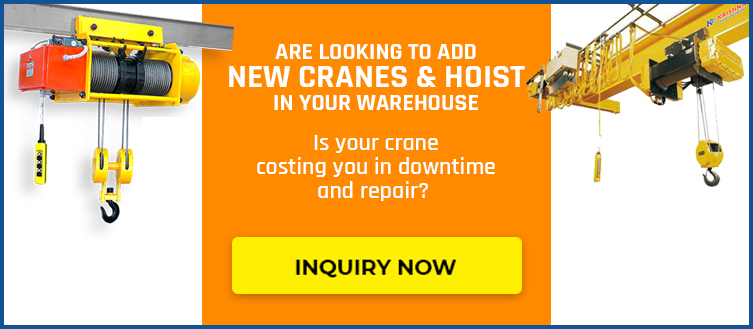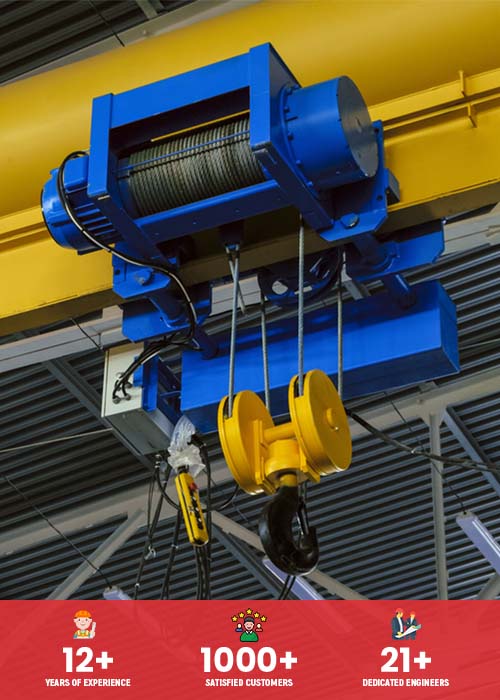Top 4 Electric Chain Hoist Characteristics

For the challenging industrial workstations and their demands, there are many numbers of equipments coming into the play. The electric Chain is used for maintaining the proper flexibility and durability while performing the hoisting.
There are mainly four types of electric chain hoist characteristics named as motor brake, hook & hook, latch and limit switch. Each having a set of niches. The industries may need different hoisting chains as per the purpose of the job and load needs to be lifted. These main four types of electric chain hoisting are enough to deal with such diverse tasks.
Let’s have a glimpse of these four characteristics of electric chain hoisting:
1. Motor Brake
This is the first and foremost characteristic of electric chain hoist i.e., motor brake. It has a rotor brake system that makes it powerful for brake force. Using this type, it is easy to support the load along with the non-asbestos in the motor brake. This motor brake should be used in the places where brake force is needed at great extent.
2. Hook & Hook Latch

As the name suggests, the hook is forged with the carbon steel. This type is mainly used for the overloading situations. So it does not get brake whenever doing overloading. Also, the hook is accompanied by the hook latch that keeps the load in the hooks while load sling loses.
3. Limit Switch
Limit switch stops working on the prompt basis once the hoist gets over lifted. It waits until the hoist is extensively tight and will stop lifting immediately.
4. Friction Clutch
The friction clutch is used for stopping the motor racing. This helps in avoiding the lineages at the time of hoist overloading or maybe not tight sometimes. Here also the non-asbestos is used for the friction clutch.



